FASS vs AirDog.....You Decide!
#1
Okay folks, as I like to do whenever I get my hands on two competitive products, here is a review of the latest two.
This will encompass the AirDog 150 and the FASS 150.
I will start off by saying that I like BOTH of them. They both have a few minor points of contention that may make you, the end user, go one way or the other, but I don’t think you can go wrong with either.
Here are the two kits, as they arrived as off the shelf items. Both kits arrived VERY well packaged and complete. Each had a few spare connectors for attaching the pump in different manners.
AirDog 150…..
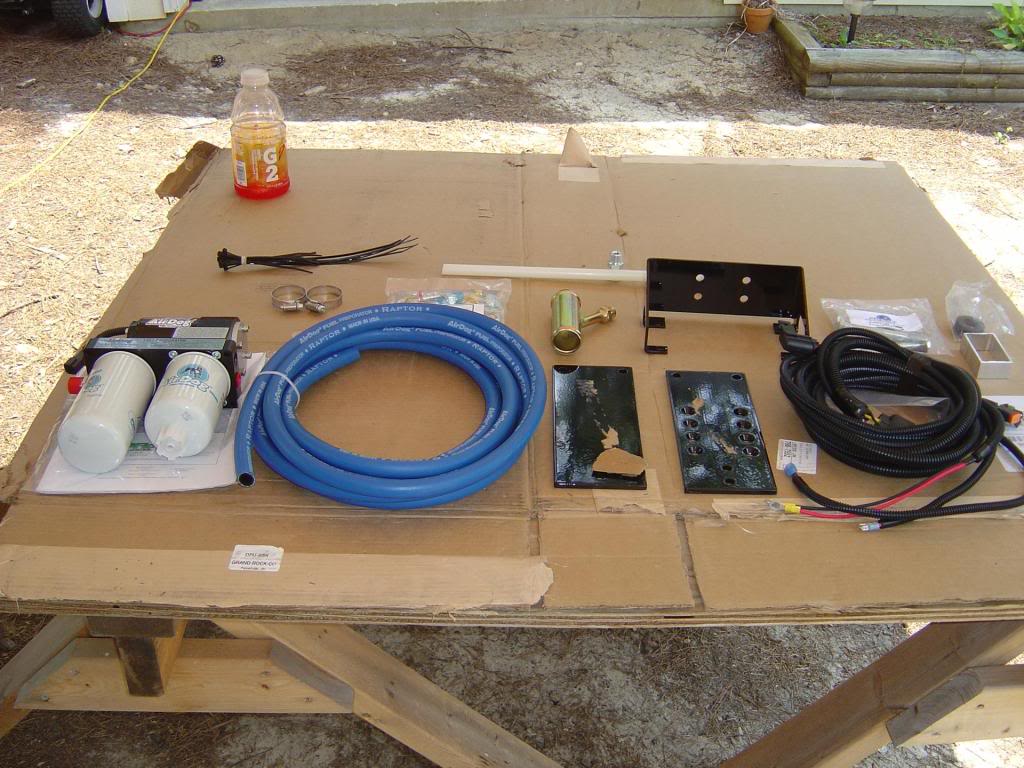
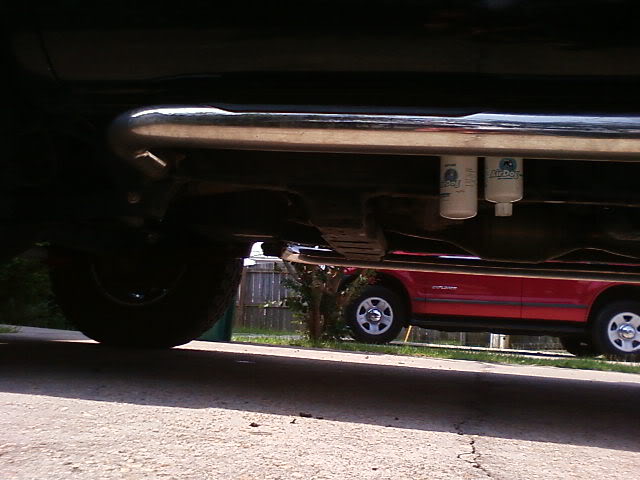
FASS 150…..
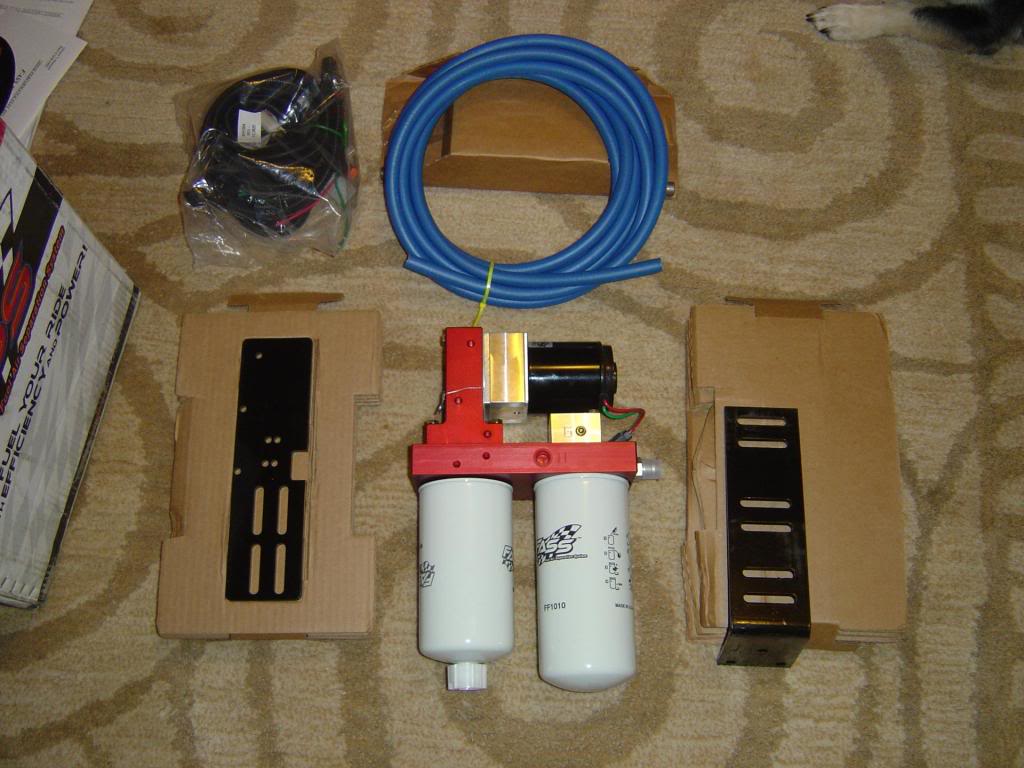
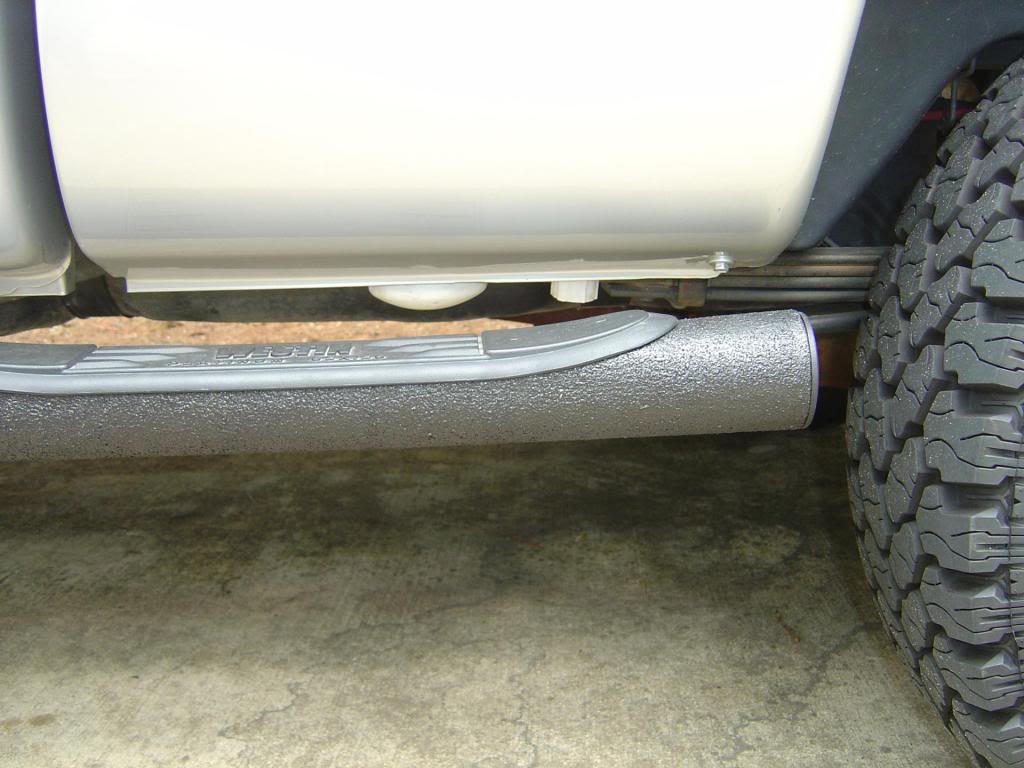
A few things to note about the components….
1 – The FASS comes with 3/8” fuel line and the AirDog comes with 1/2". Both had enough to leave approx 1 – 2’ of fuel line remaining after the install. I like the AirDog’s fuel lines better.
2 – The AirDog comes with much nicer fittings for the fuel lines and the connectors lend themselves well if you decide to use steel braided lines and AN fittings. Both use push lock adapters for the lines and they do require quite a bit of pressure to get them fully seated. I suggest using a heat gun on low to warm and soften the line and a little bit of oil on the fitting to aid getting the hoses on.
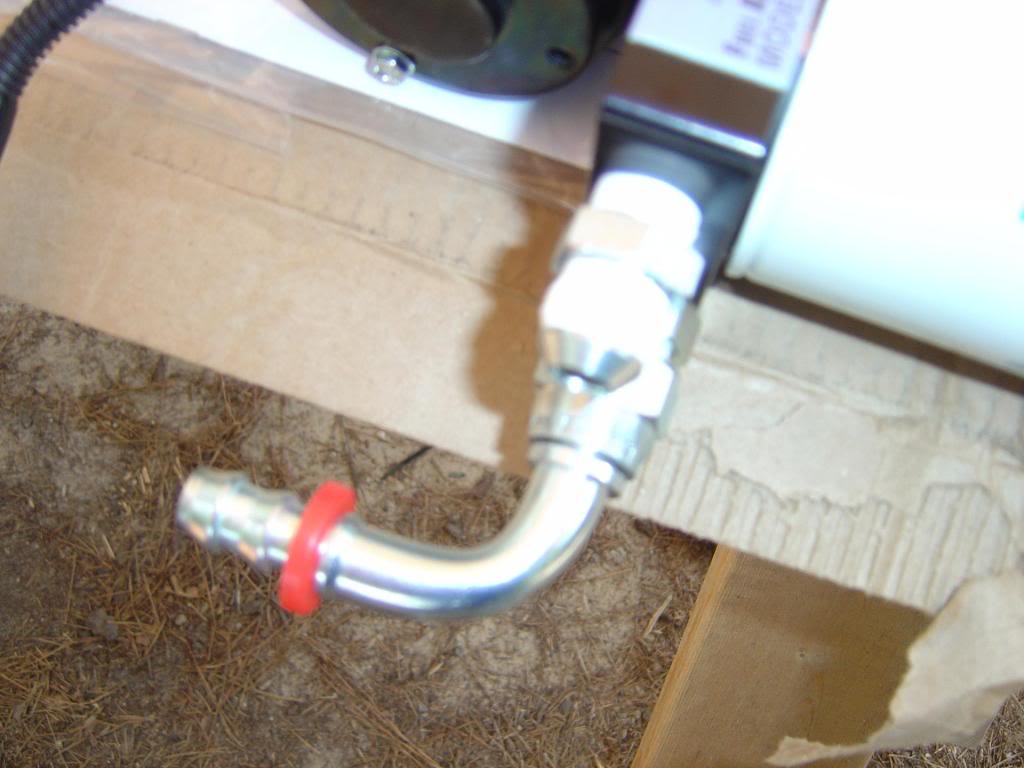
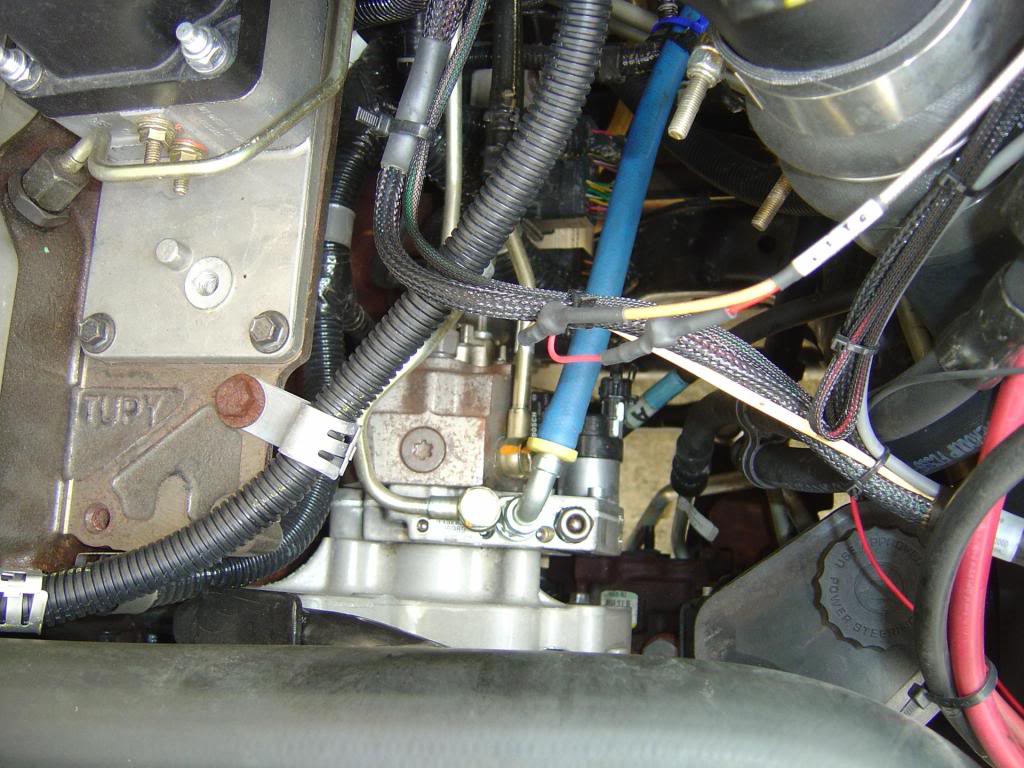
3 – The FASS comes with a steel pick up tube and the AirDog comes with a plastic one. Both were long and required cutting to the appropriate length. The AirDog pick up tube is easier to work with for the home installer that may not have metal cutting tools. The FASS tube can easily be cut with a hack saw, cutoff wheel, etc.
Regardless of which one you use, you want to leave AT LEAST 1/8” gap from the bottom of the tank and I SUGGEST that you fish mouth the tube to prevent possible suction to the tank bottom. To fish-mouth the AirDog, just use a sharp knife and cut the end of the tube at a 45* angle. To fish-mouth the FASS tube, just use a drill bit and drill a half circle at the end of the tube.
4 – Both come with a pair of steel, powder coated brackets for attaching to the frame. The FASS comes with a bracket that is specific to the model of vehicle, the AirDog is more generic, but allows more flexibility for user preferred install location. For ease of installation, I prefer the FASS setup, but for flexibility, I prefer the AirDog setup. This is your choice here. Also, the FASS comes with a rubber isolator pad that goes between the bracket and frame for noise / vibration isolation.
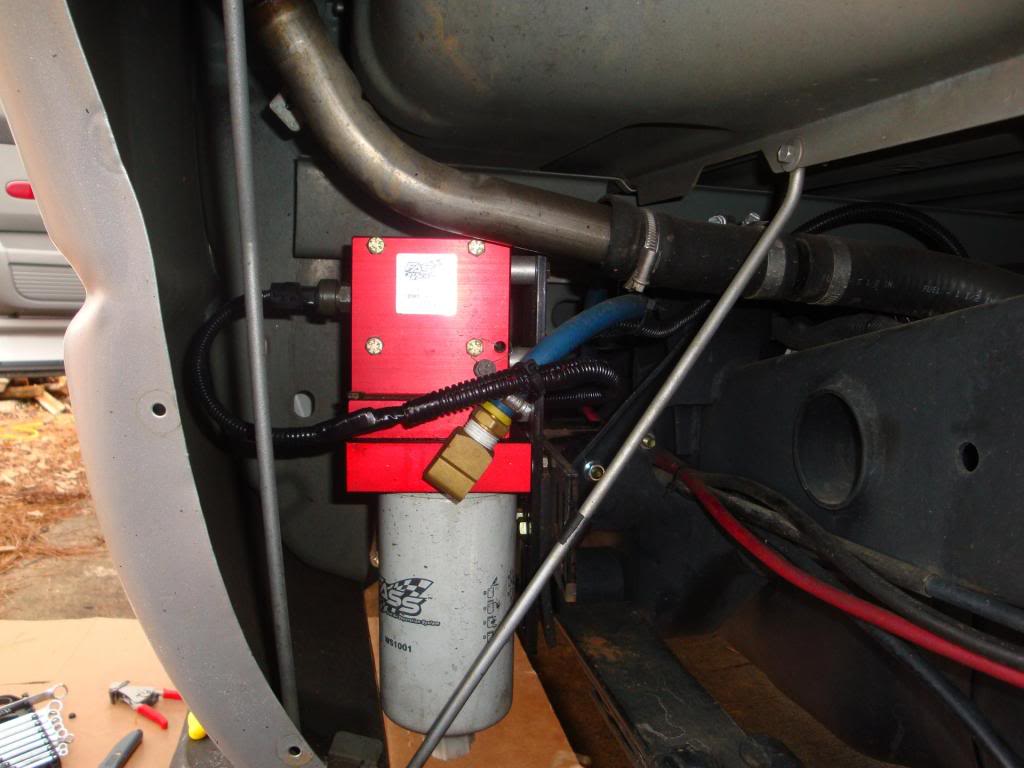
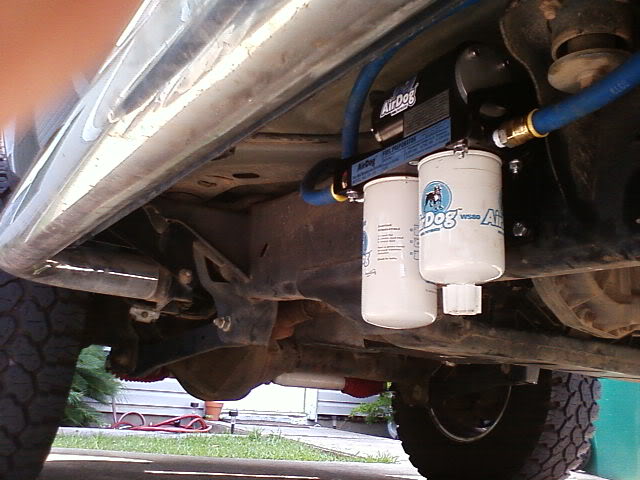
5 – The FASS comes with ENORMOUS filters compared to the AirDog. They are EASILY 1.5 times the size of the AirDog filters. These filters are also easily cross referenced with other filter manufacturer’s types if you prefer to switch them to different type. I swapped mine for hydraulic filters that had a much lower micron rating (2 micron) and had much thicker case for higher burst pressures. If limited space is a consideration, the AirDog is a much smaller unit and fits the bill. For longer intervals between filter changes and filter availability, the FASS might be a better choice.
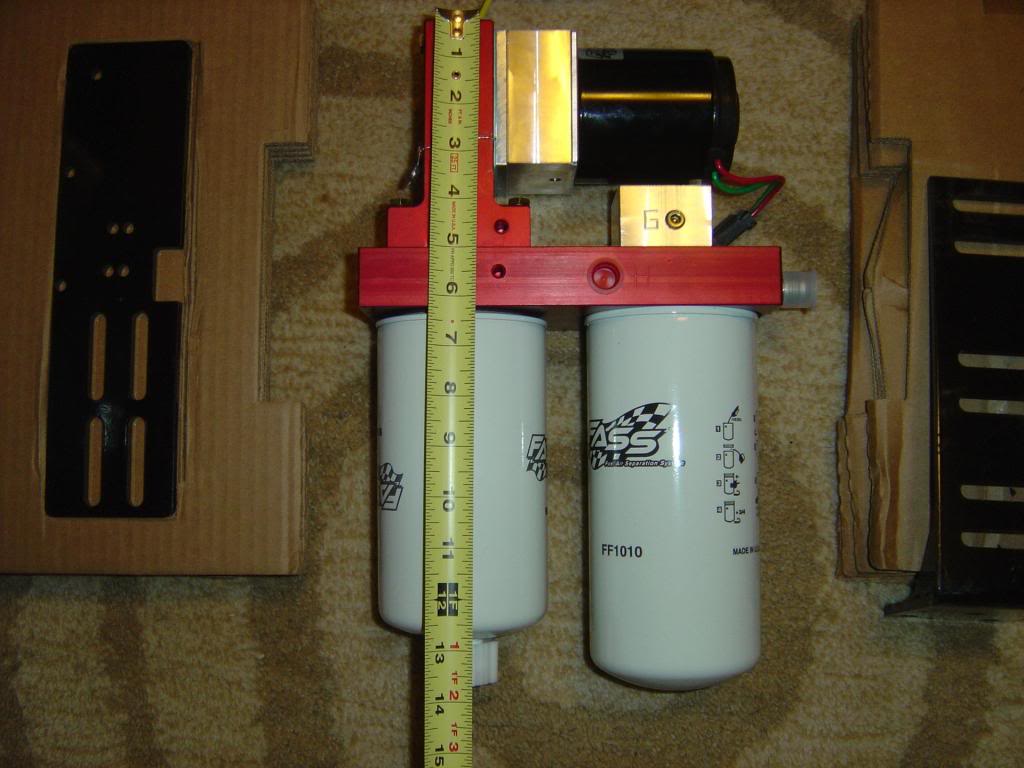
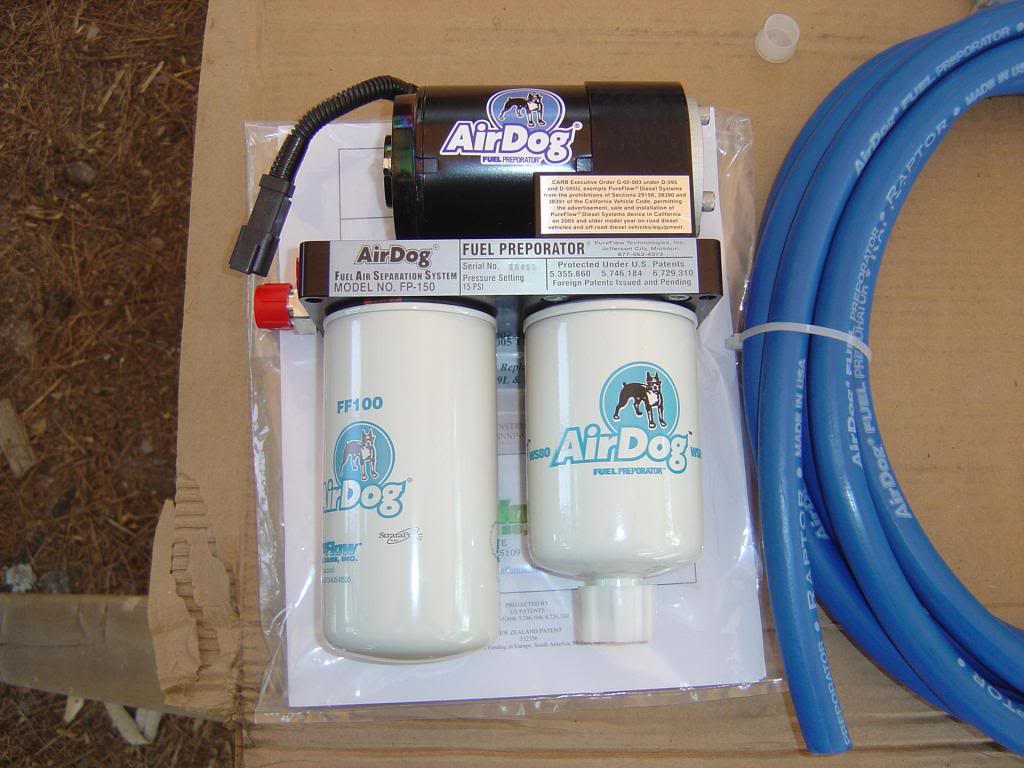
6 – The AirDog is MUCH quieter than the FASS on my truck. The FASS sounds like a small lawnmower engine before the truck is started. Once the truck is started, it’s noticeable outside, but not on the inside. It actually works as a little conversation piece when folks hear it for the first time.
7 – Wiring. Both are similar, with the exception that the FASS does not require cutting the power wire to the OEM pump. If for some reason it was necessary to use the OEM pump, it’s much easier to swap on the side of the road with the FASS, as no electrical connection need to be spliced.
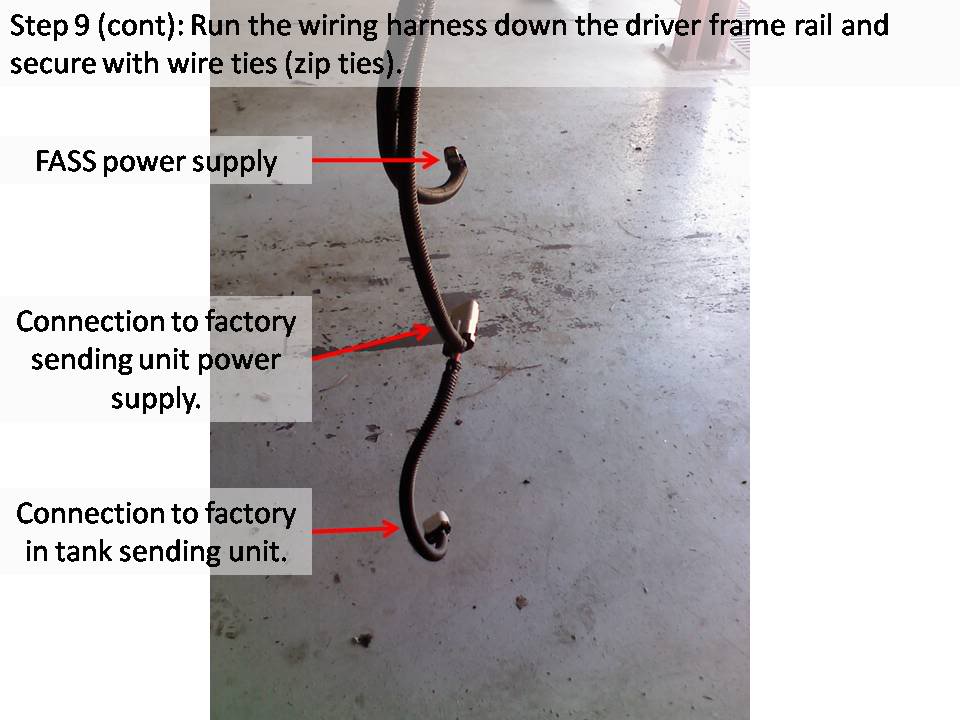
8 – PRICE! The Airdog is much cheaper than the FASS, so this will likely be a major consideration in your purchase.
All in all, I like them both. I’ve installed several of both and I’d use either without hesitation. Both have a few items that are better than the other, but nothing that should prevent someone from purchasing either.
This will encompass the AirDog 150 and the FASS 150.
I will start off by saying that I like BOTH of them. They both have a few minor points of contention that may make you, the end user, go one way or the other, but I don’t think you can go wrong with either.
Here are the two kits, as they arrived as off the shelf items. Both kits arrived VERY well packaged and complete. Each had a few spare connectors for attaching the pump in different manners.
AirDog 150…..


FASS 150…..


A few things to note about the components….
1 – The FASS comes with 3/8” fuel line and the AirDog comes with 1/2". Both had enough to leave approx 1 – 2’ of fuel line remaining after the install. I like the AirDog’s fuel lines better.
2 – The AirDog comes with much nicer fittings for the fuel lines and the connectors lend themselves well if you decide to use steel braided lines and AN fittings. Both use push lock adapters for the lines and they do require quite a bit of pressure to get them fully seated. I suggest using a heat gun on low to warm and soften the line and a little bit of oil on the fitting to aid getting the hoses on.


3 – The FASS comes with a steel pick up tube and the AirDog comes with a plastic one. Both were long and required cutting to the appropriate length. The AirDog pick up tube is easier to work with for the home installer that may not have metal cutting tools. The FASS tube can easily be cut with a hack saw, cutoff wheel, etc.
Regardless of which one you use, you want to leave AT LEAST 1/8” gap from the bottom of the tank and I SUGGEST that you fish mouth the tube to prevent possible suction to the tank bottom. To fish-mouth the AirDog, just use a sharp knife and cut the end of the tube at a 45* angle. To fish-mouth the FASS tube, just use a drill bit and drill a half circle at the end of the tube.
4 – Both come with a pair of steel, powder coated brackets for attaching to the frame. The FASS comes with a bracket that is specific to the model of vehicle, the AirDog is more generic, but allows more flexibility for user preferred install location. For ease of installation, I prefer the FASS setup, but for flexibility, I prefer the AirDog setup. This is your choice here. Also, the FASS comes with a rubber isolator pad that goes between the bracket and frame for noise / vibration isolation.


5 – The FASS comes with ENORMOUS filters compared to the AirDog. They are EASILY 1.5 times the size of the AirDog filters. These filters are also easily cross referenced with other filter manufacturer’s types if you prefer to switch them to different type. I swapped mine for hydraulic filters that had a much lower micron rating (2 micron) and had much thicker case for higher burst pressures. If limited space is a consideration, the AirDog is a much smaller unit and fits the bill. For longer intervals between filter changes and filter availability, the FASS might be a better choice.


6 – The AirDog is MUCH quieter than the FASS on my truck. The FASS sounds like a small lawnmower engine before the truck is started. Once the truck is started, it’s noticeable outside, but not on the inside. It actually works as a little conversation piece when folks hear it for the first time.
7 – Wiring. Both are similar, with the exception that the FASS does not require cutting the power wire to the OEM pump. If for some reason it was necessary to use the OEM pump, it’s much easier to swap on the side of the road with the FASS, as no electrical connection need to be spliced.

8 – PRICE! The Airdog is much cheaper than the FASS, so this will likely be a major consideration in your purchase.
All in all, I like them both. I’ve installed several of both and I’d use either without hesitation. Both have a few items that are better than the other, but nothing that should prevent someone from purchasing either.
The following 8 users liked this post by cumminalong:
ETXBlueRam (06-28-2009),
Hillflyer (03-16-2011),
HoodStacked (07-10-2009),
Kilroy (02-21-2010),
McAttk (11-04-2009),
and 3 others liked this post.







 Thanks for the pictures and details. I am considering an air dog very seriously. I have an 03 with fuel issues and don't want to go with a stock in tank pump.
Thanks for the pictures and details. I am considering an air dog very seriously. I have an 03 with fuel issues and don't want to go with a stock in tank pump.




